Capital of the Inca Empire.
Hello all. Yes, it’s been two months since the last post, so if you’re a regular reader, thanks for your patience! This one is the first of several that will be coming in quick succession to bring you up to date with our activities over the past eight weeks. We’ve got lots of photos to share and stories to tell.
We arrived in Cusco by bus from Arequipa at the start of February. ‘Bus?’ You say. With Cusco being well north of Arequipa, and the high puna still suffering near daily wet season rain and storms, riding didn’t make much sense to us. Besides we’d also have been backtracking some terrain we’d already seen. Being the former capital of the Inca Empire and strategically located between the eastern jungles and the edge of the Andes, Cusco is ripe with adventure potential, fascinating archaeology and the richest culture we’ve seen in Peru. We wanted to get there and start exploring.
Our first two and a half weeks was spent Cusco-based, with me finishing some photography and writing projects and all our spare time spent either visiting most corners of the city’s Centro Historico, or going on long mountain bike rides to explore the hills that lie between the city and the Sacred Valley (the Rio Urubamba). Here’s some of our impressions of the city and a round up of our first days in the Cusco Department.
The first thing that strikes you about Cusco is the tangible age and history of the place. From the striking churches, to the cobbled roads and the remnants of original Inca buildings and walls that still feature prominently in the city. It’s a place of texture, timelessness and grace. The city feels very different to Arequipa, which was founded by the Spanish as a colonial city, whereas Cusco’s roots reach much deeper to prominent pre-Columbian societies that predate the Inca.
Ritual and religion are important to Cusqueños and there are reminders of it everywhere: from the waft of copal incense in the narrow streets, to the unsettling boom of fireworks — employed to scare away evil spirits, to the prominent worship of saints. It’s not unusual to turn a corner in the street and suddenly find yourself in the middle of a fiesta or religious parade of some sort.
Religion for many indigenous people, and the basis for the various festivals, is forged from a hybrid of traditional beliefs blended with Catholic saints and rituals. This street fiesta that we stumbled upon is a classic example, with men adorned with both representations of Catholic saints, but also carrying dead baby llamas and other nods to pre-Christian beliefs.
When the Spanish first marched into the sacred Inca city of Cusco they wasted no time in stripping out the gold that richly decorated some of Cusco’s temples – such as Qorikancha (Temple of the Sun) here, which was eventually partly destroyed and built over with a church. The perfection of the Inca stonework contrasts the much cruder colonial work. The city is full of such reminders of its former glory as the centre of the Inca universe. Cusco (a Quecha word) translates to Navel of the World and the city’s original shape was planned as an effigy in the shape of a puma, a sacred animal to the Inca.
Hatun Rumiyoq (The One With the Big Stone) is one of Cusco’s most famous streets and features some amazing, perfectly jointed stonework. One rock in the wall features twelve angles and is fondled by many a passing tourist. On this street the former palace of Inca Roca, one of the Inca’s greatest emperors, was converted into the Archbishop’s residence.
On the streets of Cusco it’s very common to see indigenous people in traditional dress. Many women come to the city from their villages for the day — with baby alpacas or lambs in tow — to pose for tourist photos and a tip of a sol or two. But one only has to get out to the surrounding hills to see people in much the same clothing. It’s wonderful to see clothing traditions being held onto with pride.
The city is incredibly photogenic, with multiple places of interest to wander with your camera or simply to sit and reflect and watch life go by. It’s a chaotic mix, at times, with the streets and plazas flooded with tourists and hawkers. But there’s a current of excitement and pleasure to be there that runs through visitors here, making the public places nice to be in. Going out with the camera can be difficult at times as there is so much going on, so I usually walk away from the crowds or persist until I can find some calm in the chaos.
As well as being a richly interesting destination in its own right, Cusco is the gateway to Machu Picchu, the Sacred Valley and various treks. Tucked into the narrow callejons and streets are endless souvenir shops, clothing and textile dealers and trekking supplies. It’s impossible to walk down the road without being offered four or five 20 sole massages, an ayahuasca ceremony, some cheesy paintings of Cusco or a fake alpaca hat. But this tourist culture combines with the local culture and energy of a medium sized city to create an atmosphere that’s fun and vibrant. For us it’s been a strong contrast to most of the rest of our time riding in the Andes and we’ve enjoyed the good coffee and a wide choice of food.
One only has to go to the central market to be reminded of the rawness and colour of everyday Peruvian life. Here you can buy everything from fresh juices to ceviche, freshly butchered cuy (guinea pig) and various other animals, maize in every colour and fruit from all over the country.
One of our favourites is tuna, or the fruit of the nopale cactus. These are a delicious, sweet, slightly melon-like fruit. You just have to be careful with the micro-spines.
Originally from Lima, but now Cusco-based, Manuel has been a great contact and riding companion during our time in Cusco. Manuel is on the cusp of launching his own mountain bike guiding company and is full of local knowledge as well as motivation to explore. His Peru By Bike sidekick, Chino has also been great company and come out on a couple of rides.
Sometimes we ride straight out of the heart of the city, bumping our way up the steep cobbled streets.
Other times we’ve driven first to get to further away areas. Always in a slightly loose, distinctly Peruvian fashion: with bikes lashed roughly to the roof of a car, or jammed into a colectivo taxi van, along with clucking chickens and indigenous women in their felt hats, big skirts and brightly wrapped bundles.
The landscapes and the riding are amazing, but getting out by bike also connects us to the local people and creates opportunities for encounters. This particular family lived high on the puna, and we met them near the shore of a small lake. They offered us cooked potatoes from their pockets for a couple of soles and gathered with fascination to see the map on Manuel’s phone. When we left the oldest boy rode with us for a while up the hill on Manuel’s bike, while he walked alongside.
It’s impossible to ride in this area without encountering the legacy of the Inca and the region’s older civilisations, whether its andenes (agricultural terraces), crumbling ruins, or the very trails themselves, which are often qhapaq ñan, or ancient Inca roads and footpaths, originally reserved only for the passage of Inca royalty.
Gringos are rarely seen in these villages, perched high above the Sacred Valley, so we’re always a novelty.
On this ride, an old Inca gate marked the entrance to a canyon through which an old trail led.
And out the other side on perfect singletrack.
Until we found ourselves rolling along andenes as we approached the Inca ruin of Huchuy Qosco.
With the Sacred Valley way below.
After looking around the site we finally dropped down amazing singletrack and endless technical switchbacks towards the town of Lamay.
This incredible, expertly carved boulder is just a short distance from Cusco, near the site of Sacsayhuaman, which we are yet to visit properly.
Through fields of potato, quinoa and rapeseed, a beautiful road leads to the site of Moray, which is famous for its distinctive series of circular depressions.
While their purpose is not fully known, they are thought to have been an Inca agricultural laboratory, designed to replicate different growing conditions and aspects. The deepest pit has a 15c temperature difference between top and bottom and experiments here are thought to have helped the Inca with plant domestication, especially the potato, of which over 2000 varieties exist in Peru.
Close to Moray, but lower in elevation lies the equally fascinating site of Salineras de Maras. This salt mine, containing over 3000 salt evaporation ponds has been a source of salt since pre-Inca times, thanks to a salt-rich spring that emerges nearby and feeds the series of descending ponds. Using a cooperative system that probably developed in Inca times, local families and individuals manage the ponds, controlling the intricate water flow required and the collection of salt from each. The size of the pond is generally indicative of the size of the family that manages it. Salt collected from here is sold at local markets.
A very good single track trail descends from the village of Maras, past the mines and down to the Sacred Valley. It’s one of Cusco’s classic DH rides.
Ride on a Sunday and it’s likely you’ll find a chicharron de chancho for lunch. Traditionally this fried pork meal is cooked in a terracotta pot and it’s something of a Peruvian staple. Fresh mint, onion, boiled maize and potatoes and a large glass of chicha, a fermented maize drink, compete the meal.
Being in Cusco for a while finally gave another south bound cyclist a chance to catch up with us. Martijn Doolaard (aka Espiritu Libre) started from Vancouver a year later than we did from Deadhorse, Alaska and with his more direct route has gradually chipped away at the distance. We’ve been in frequent contact most of the time he’s been on the road, sharing travel and riding information. Martijn’s also a dedicated photographer, film maker and graphic designer and keeps a beautiful blog full of visual and written travel impressions that you can check out here. This is his second long tour. His first, from Holland to Singapore, became the topic of his book and film One Year On A Bike.
We really enjoyed Martijn’s company over dinner and beer for a few nights in Cusco and even got out for a ride one afternoon. We climbed out of the valley on dirt roads, past small adobe villages, and then with a bit of hike-a-bike gained a long, narrow ridge that hovers around the 4000m mark for a while before singletrack and dirt road drops gradually back down to Cusco again. It was quite a classic ride.
A beautiful position way above the city. And we even beat the afternoon thunderstorms.
A steep drop caught Martjin by surprise though and threw him over the handlebars of his Surly ECR. No serious injuries, but a sore shoulder and a few scrapes saw him limping home carefully. Thanks for the ride Martjin – hope your shoulder is ok now!
Coming next will be a series of posts covering a five week side trip we made from Cusco, taking in Choquequirao, Machu Picchu and a few other Inca sites, along with the Salkantay trek (by bike) and an epic crossing of the mountains to make it right out to the Amazon basin, which we traversed via the Rio Urubamba for a few days before riding back inland. It’s been an incredible few weeks. Stay tuned!
Do you enjoy our blog content? Find it useful? We love it when people shout us a beer or contribute to our ongoing expenses!
Creating content for this site – as much as we love it – is time consuming and adds to travel costs. Every little bit helps, and your contributions motivate us to work on more bicycle travel-related content.
Thanks to Biomaxa, Revelate Designs, Kathmandu, Hope Technology and Pureflow for supporting Alaska to Argentina.






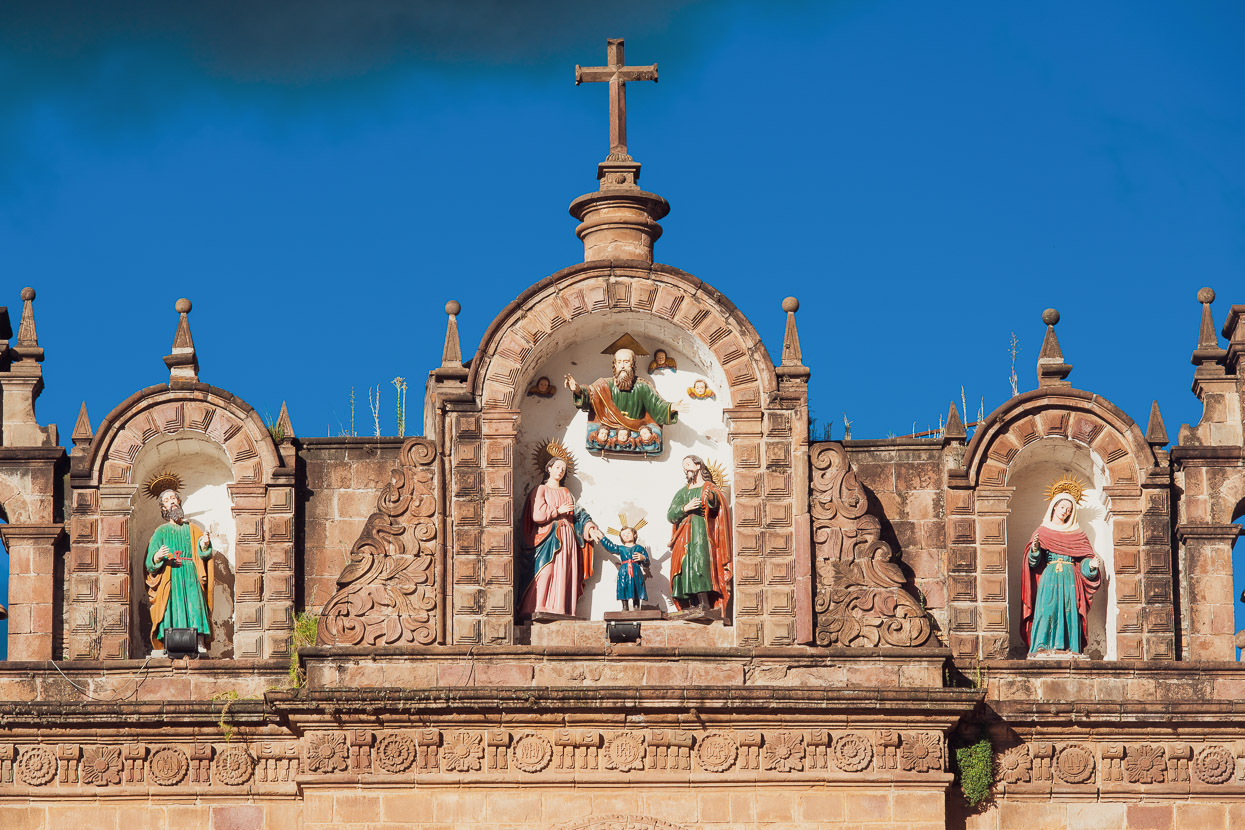





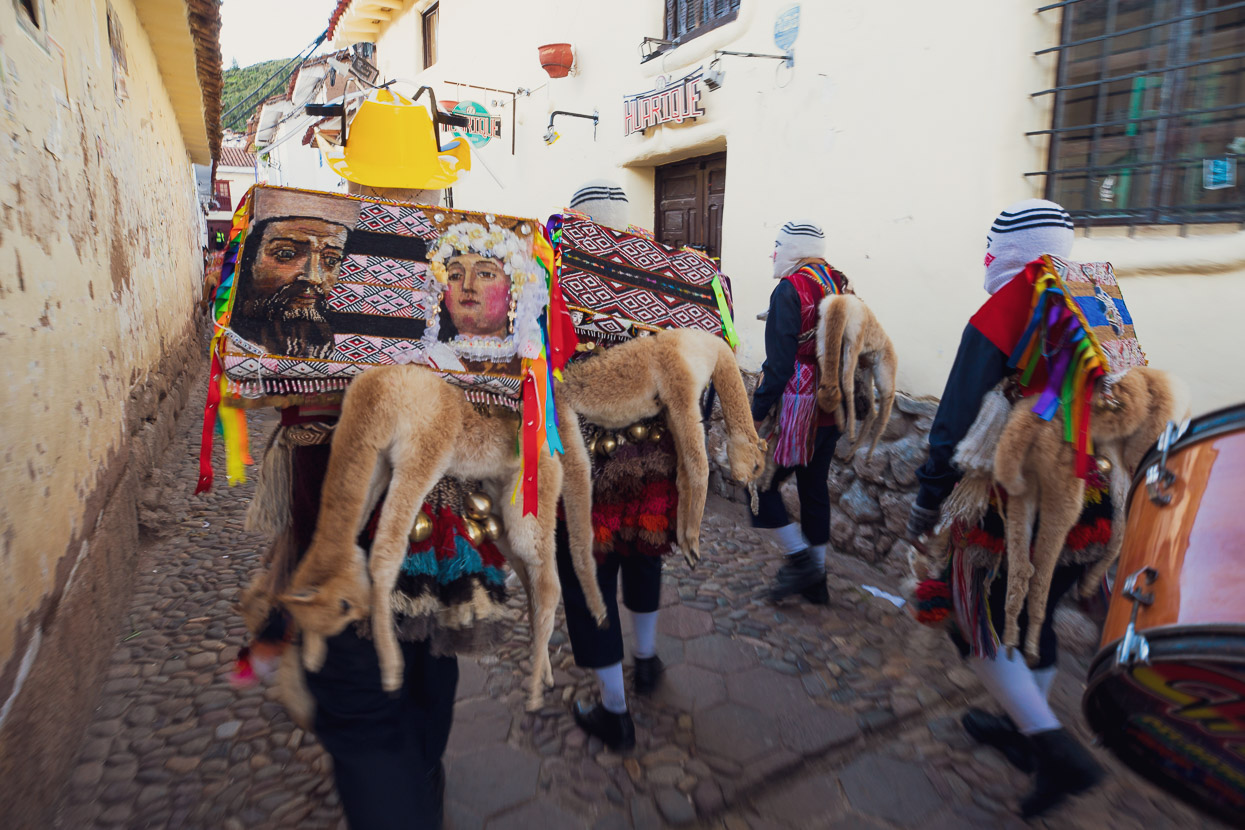

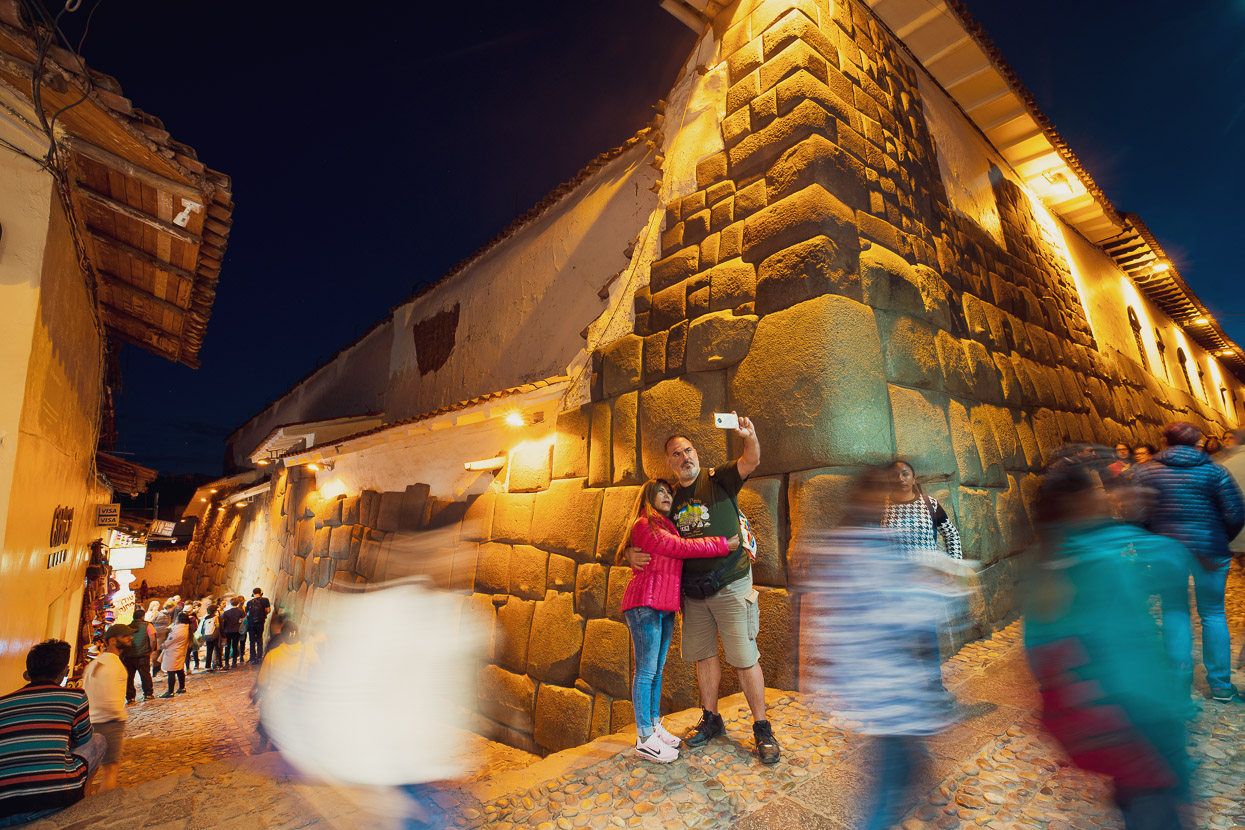


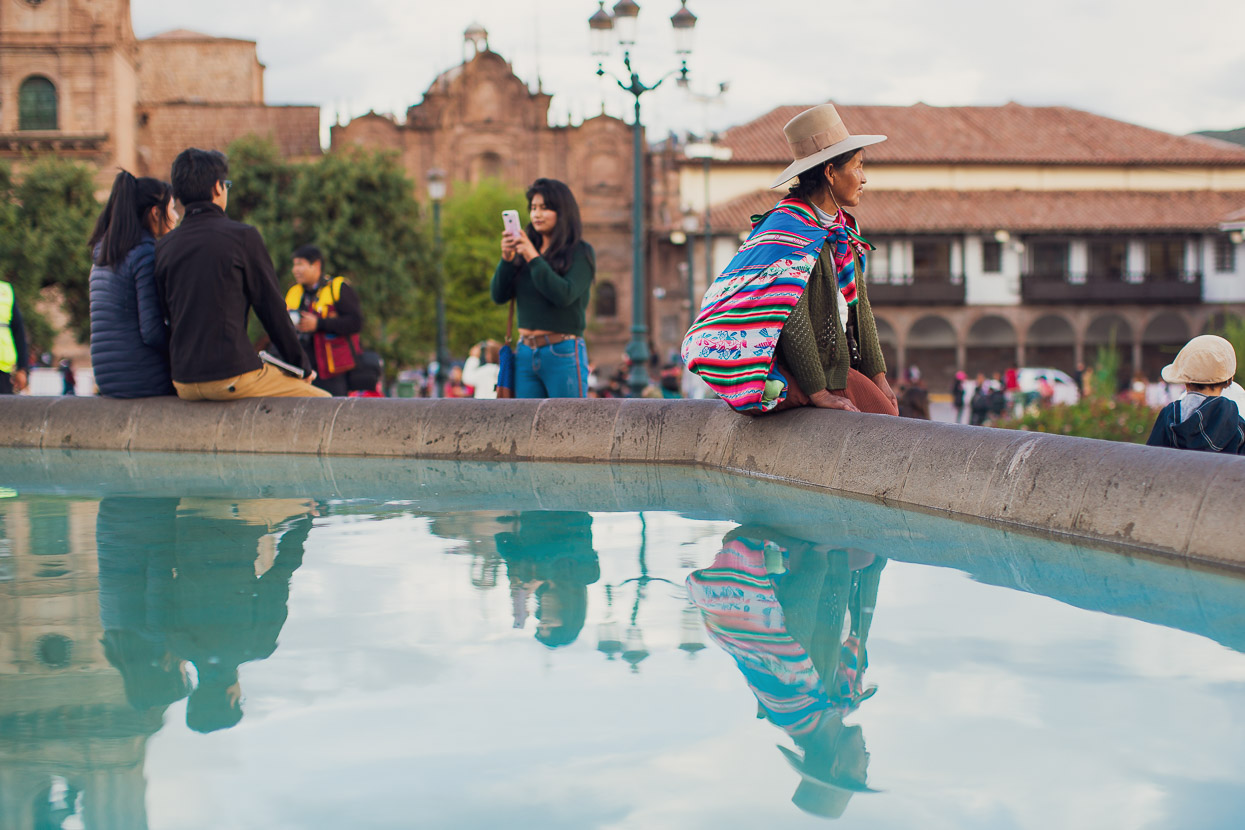
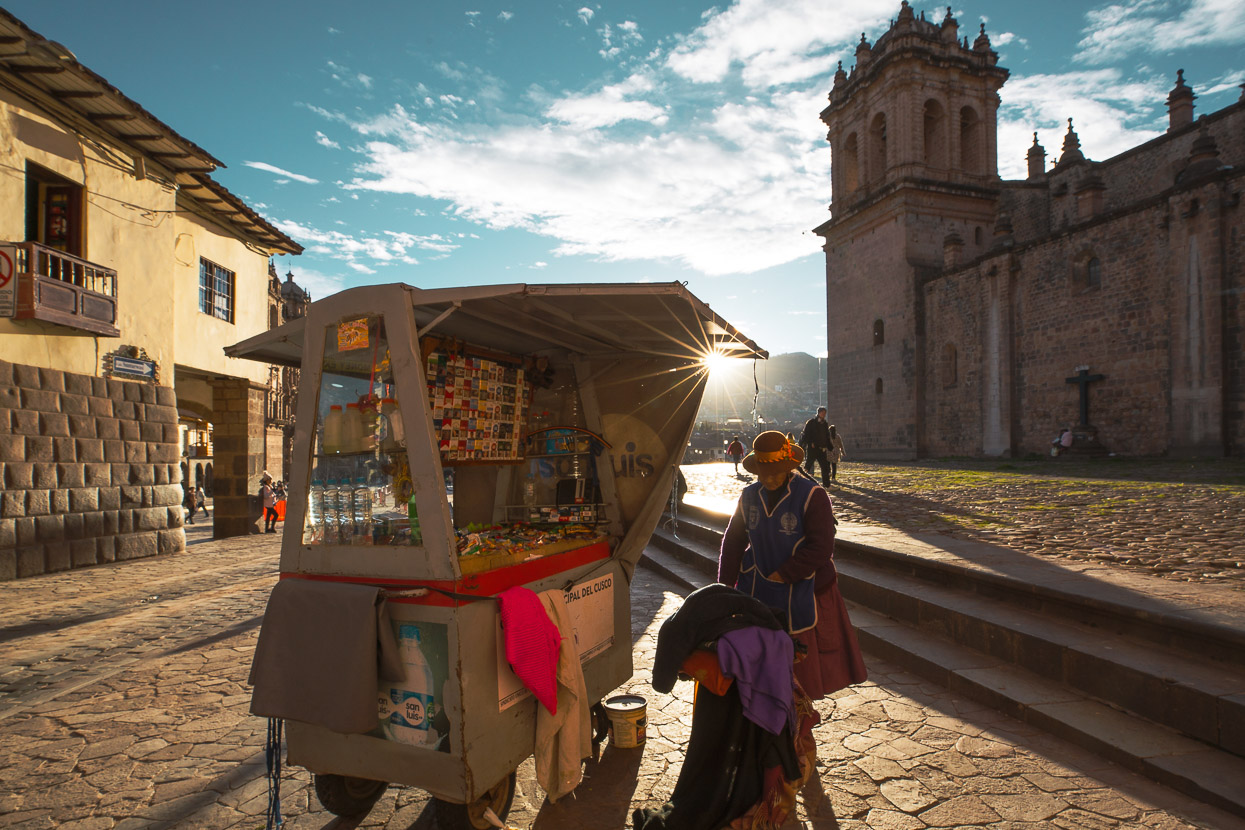

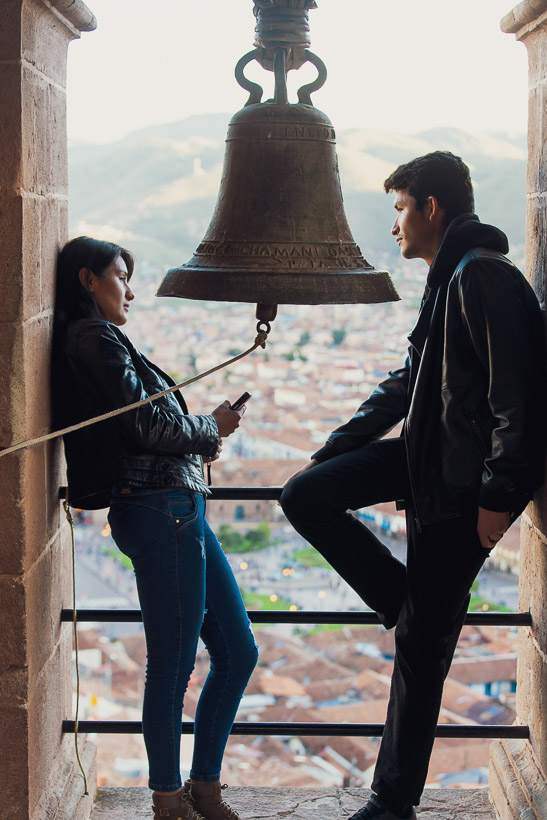

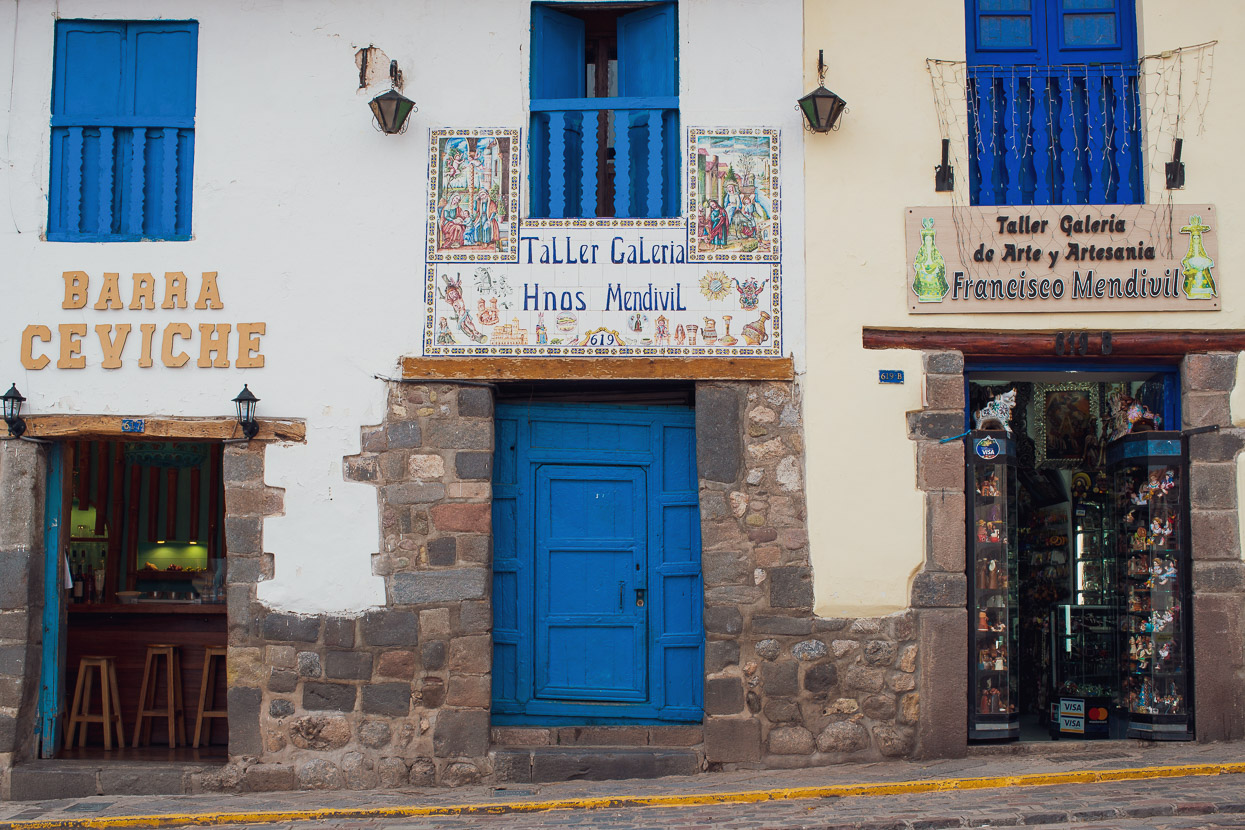







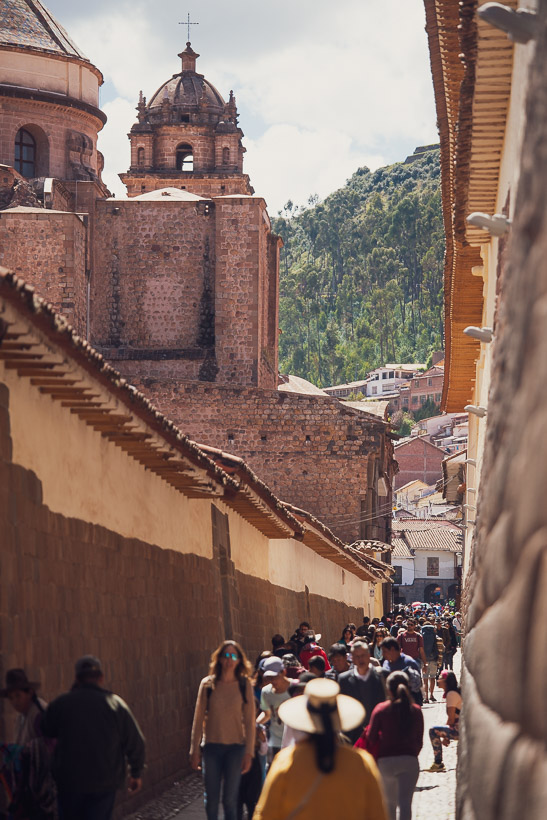








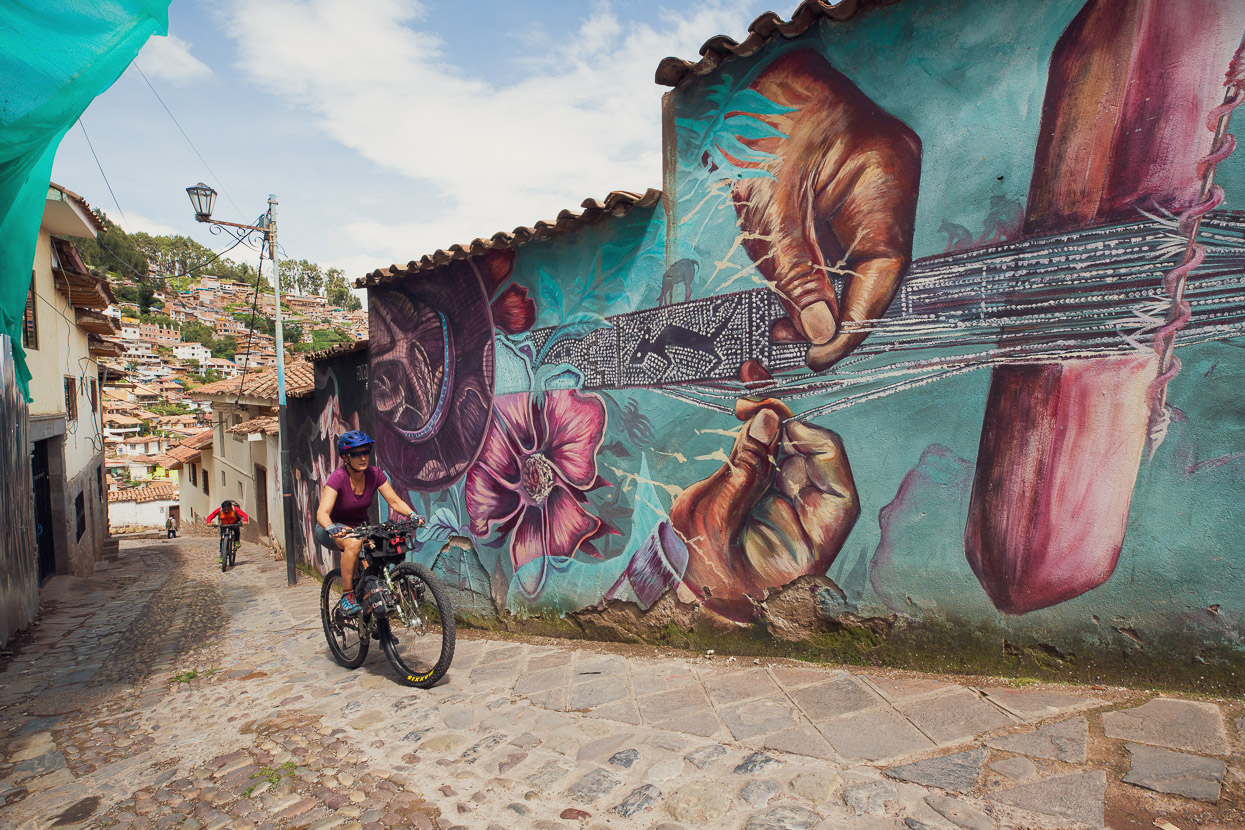







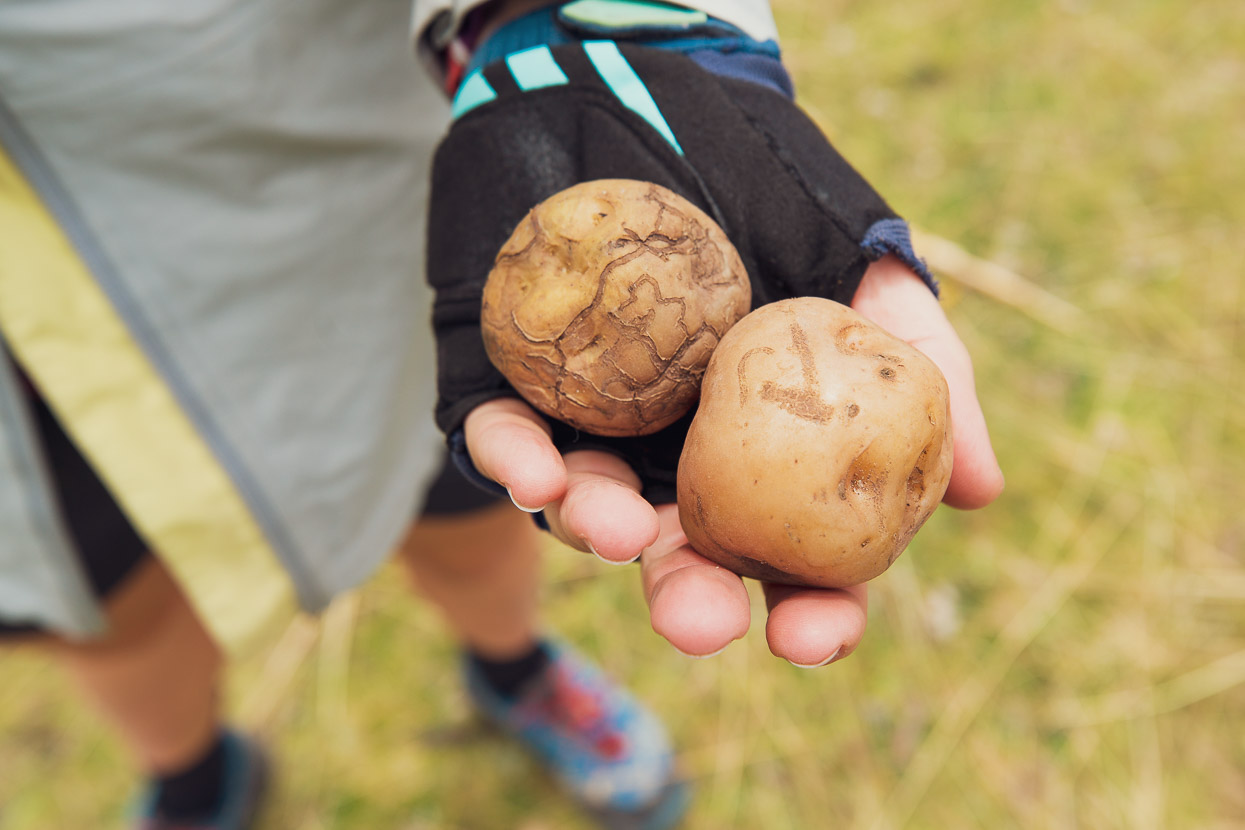


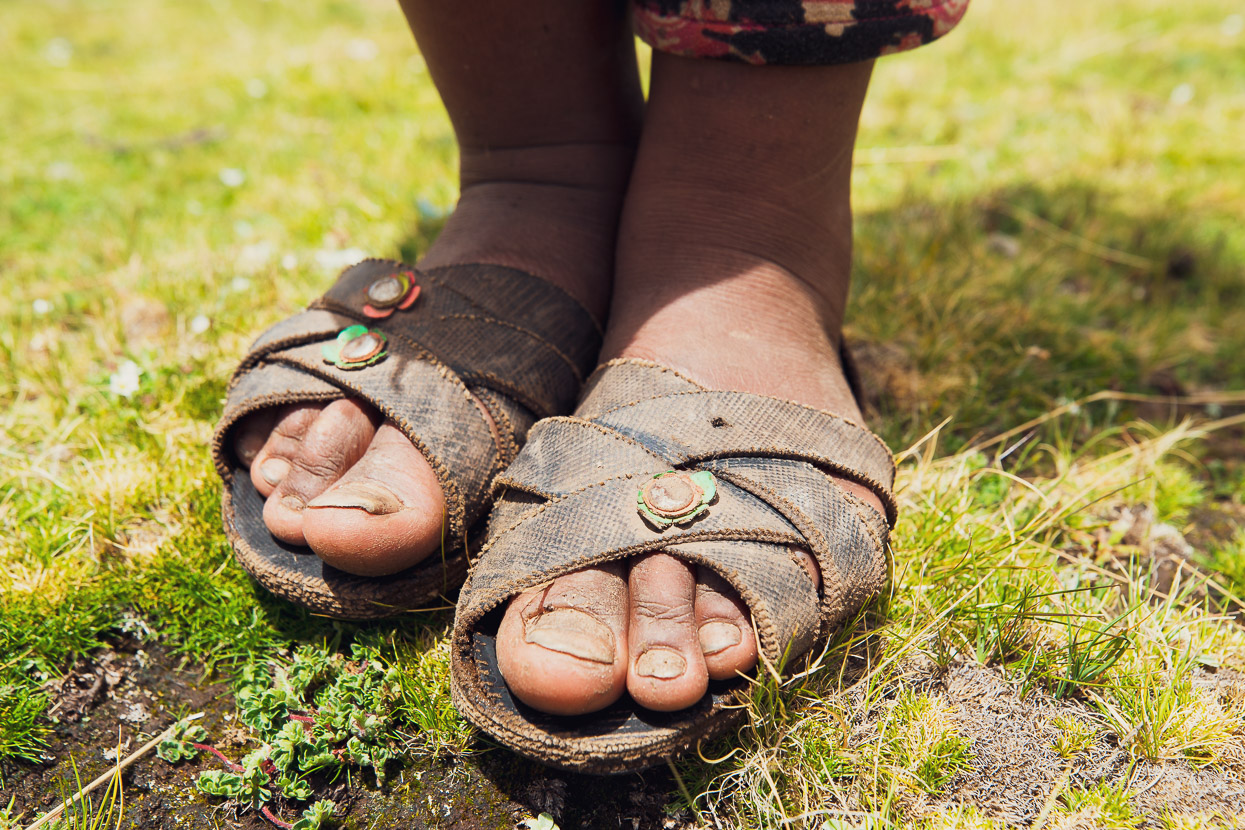







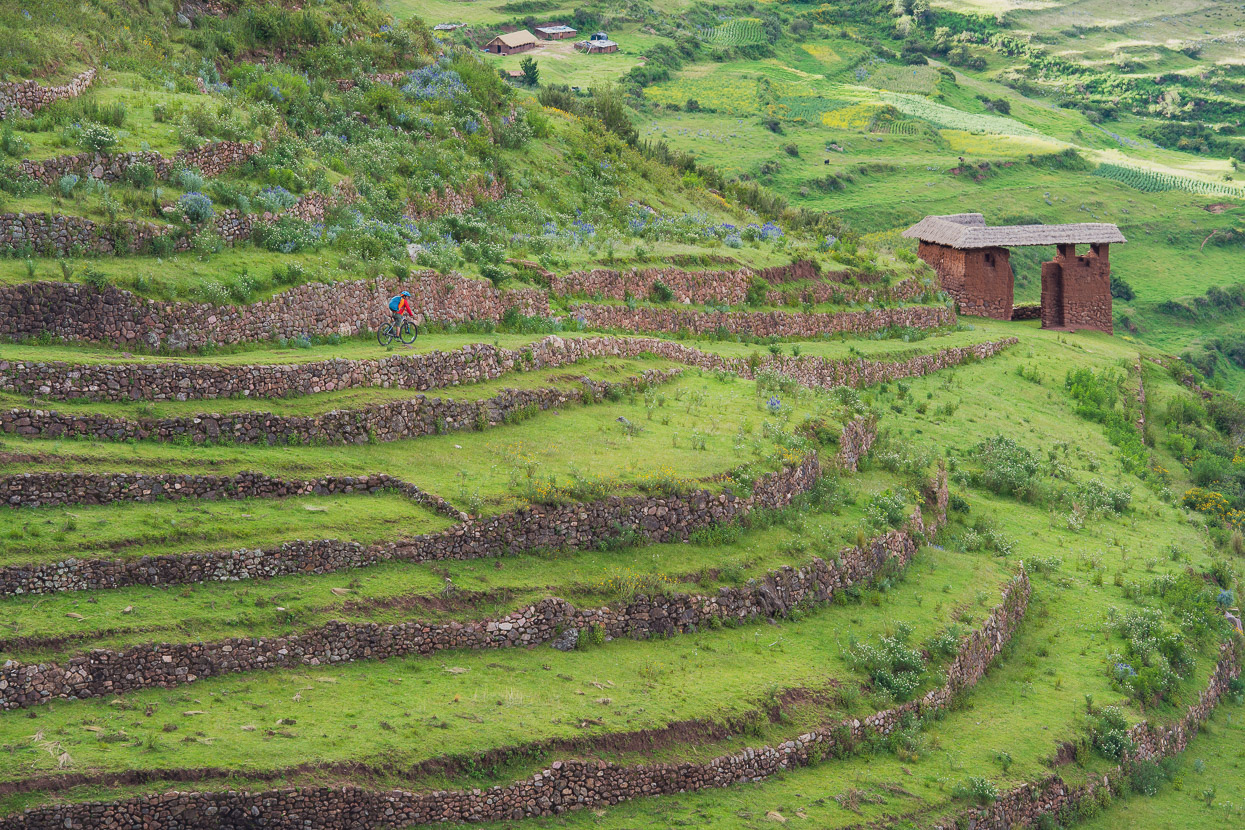

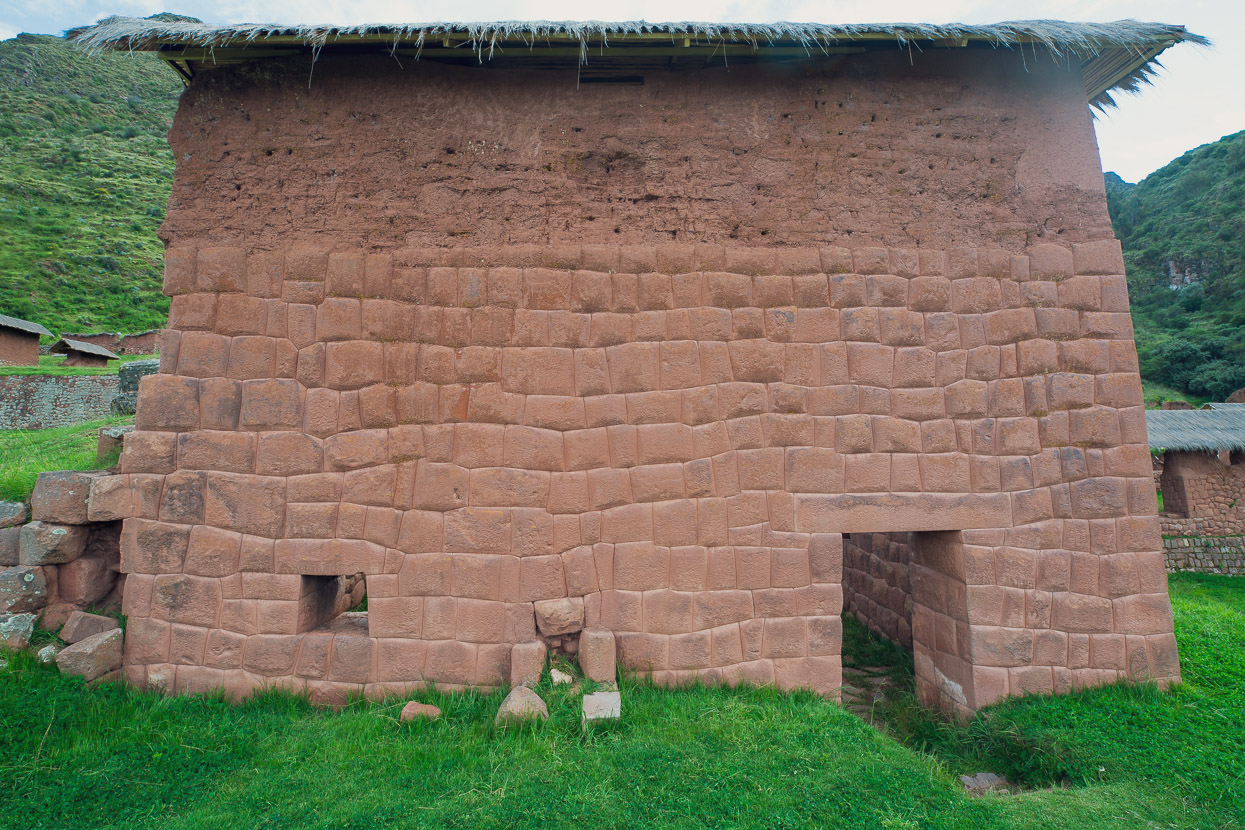
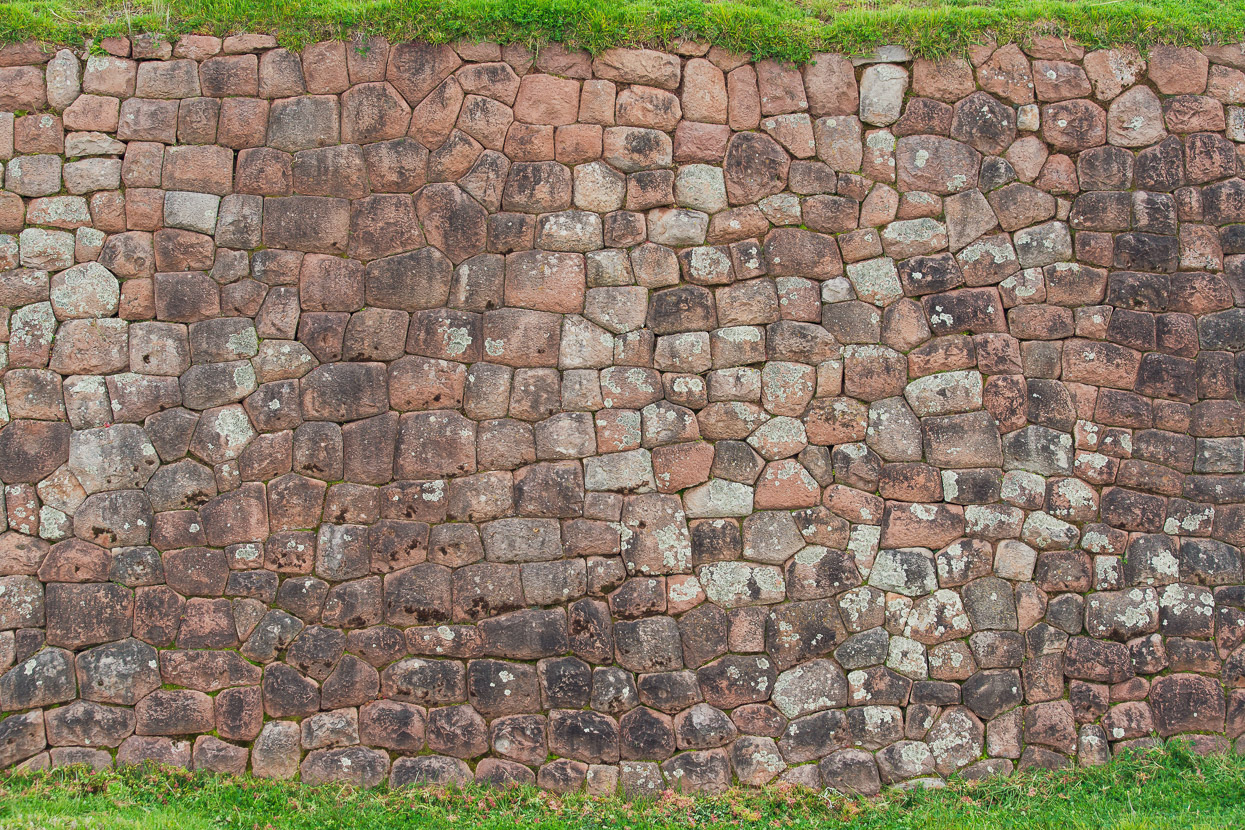
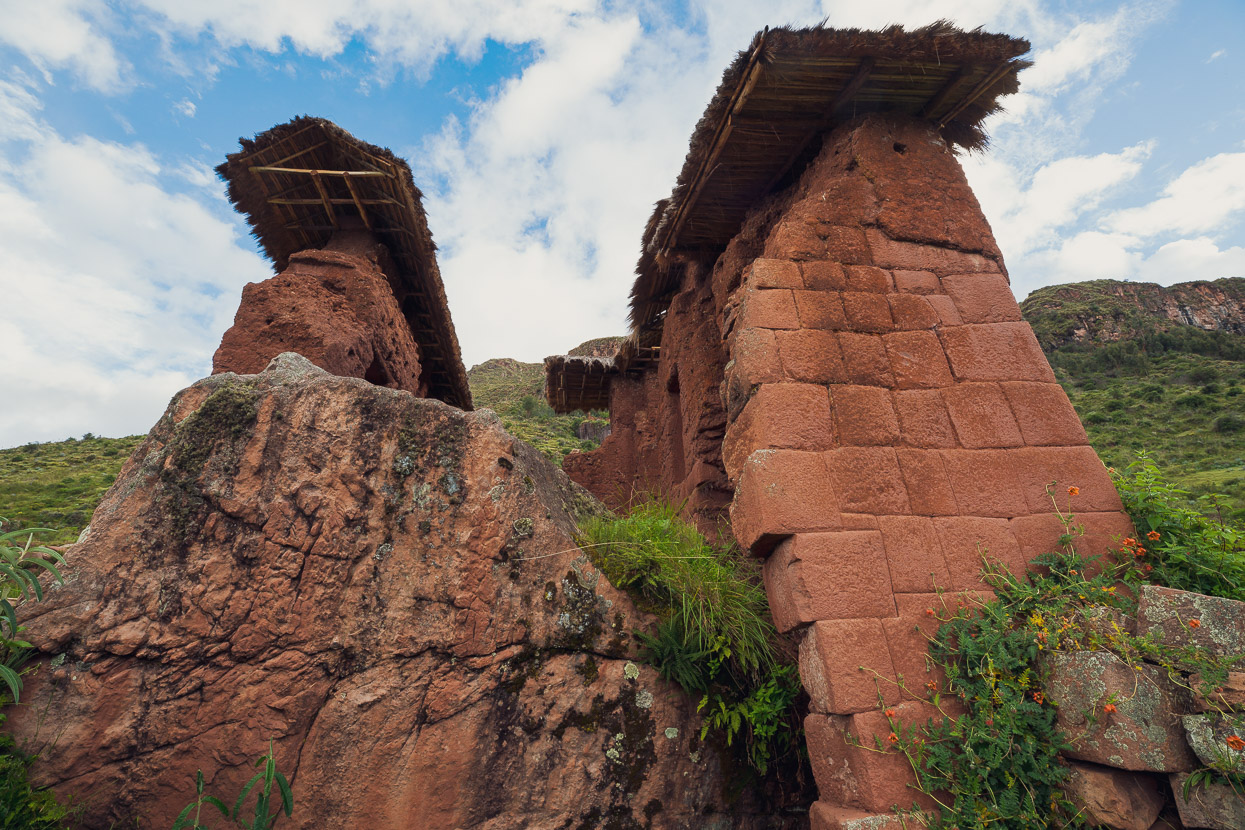



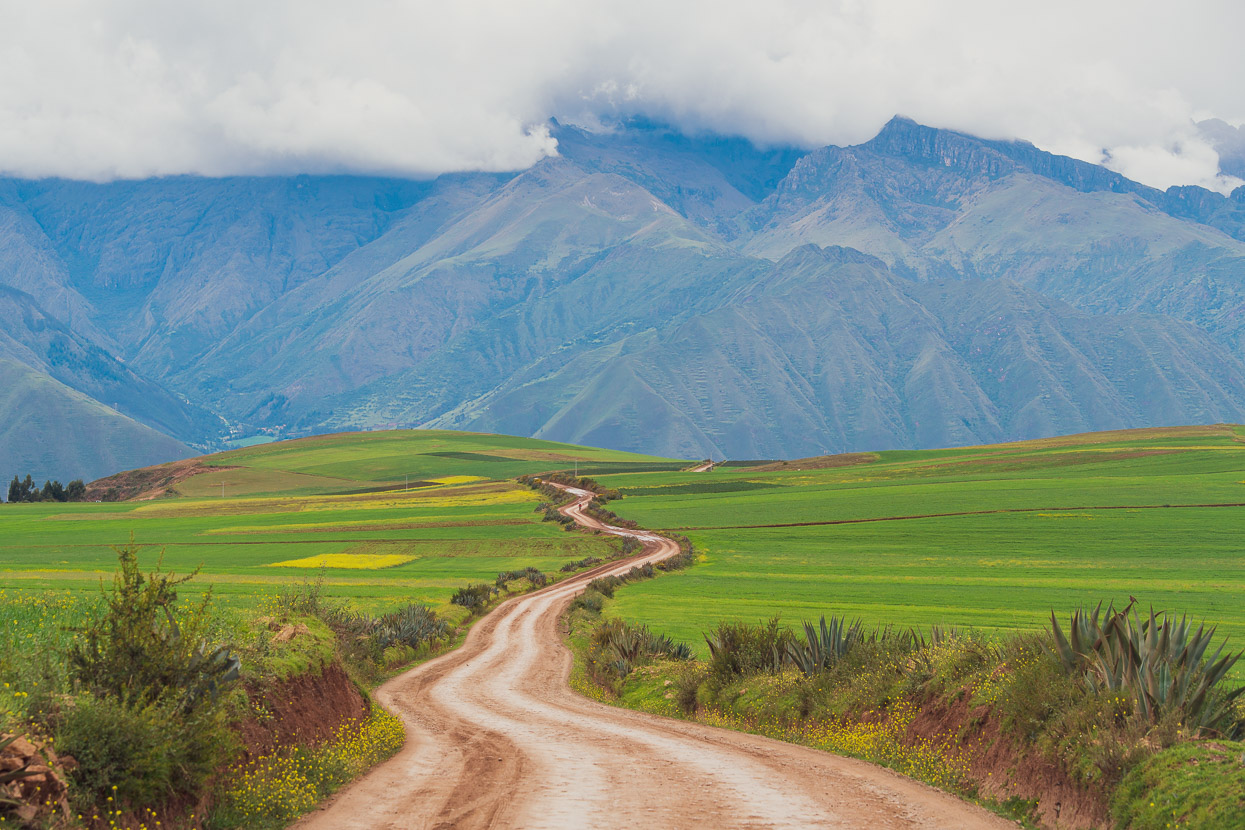















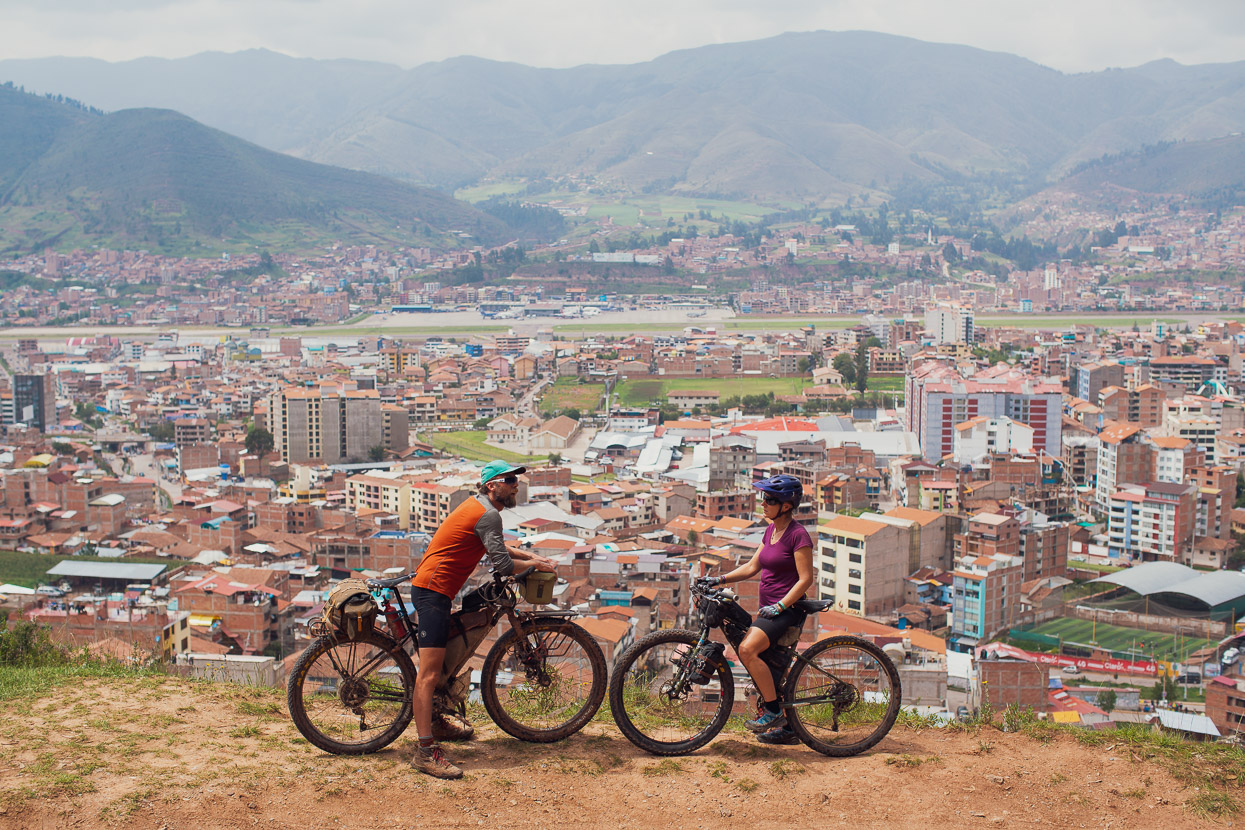
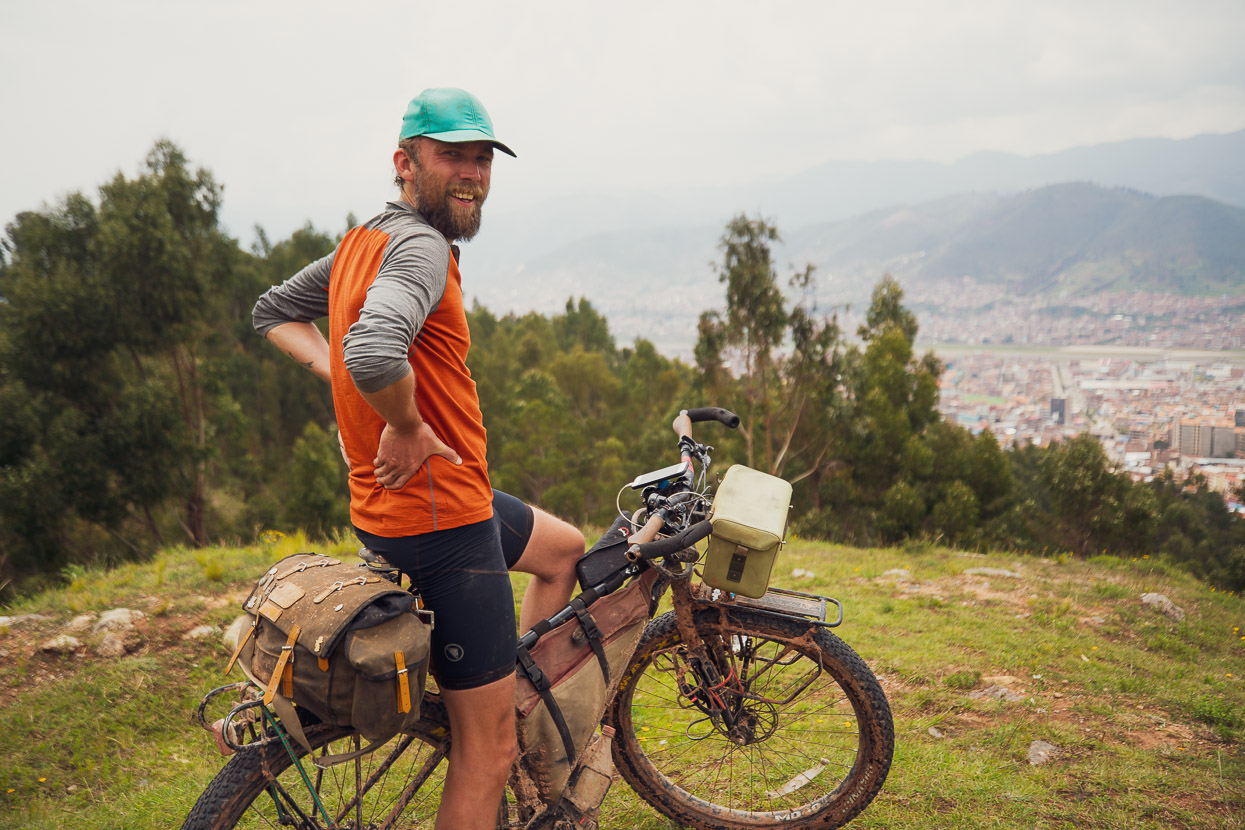




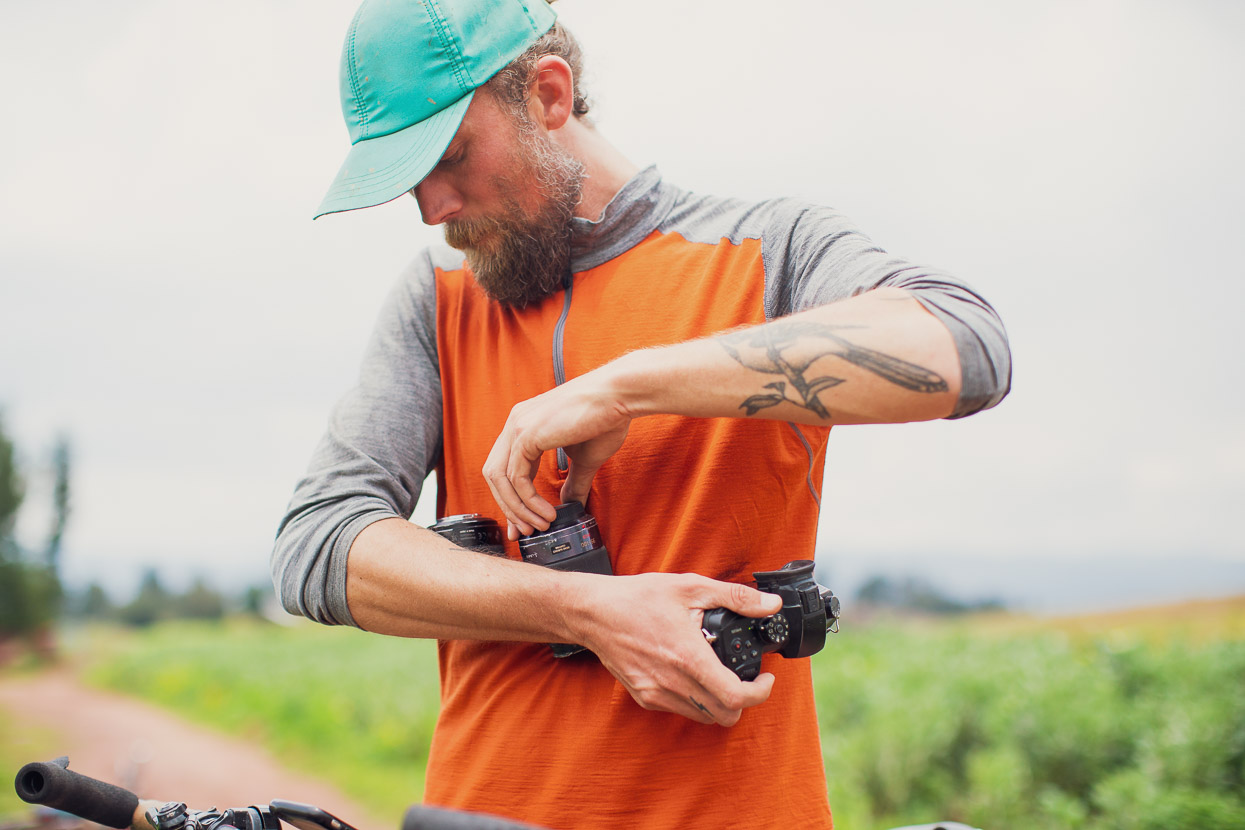



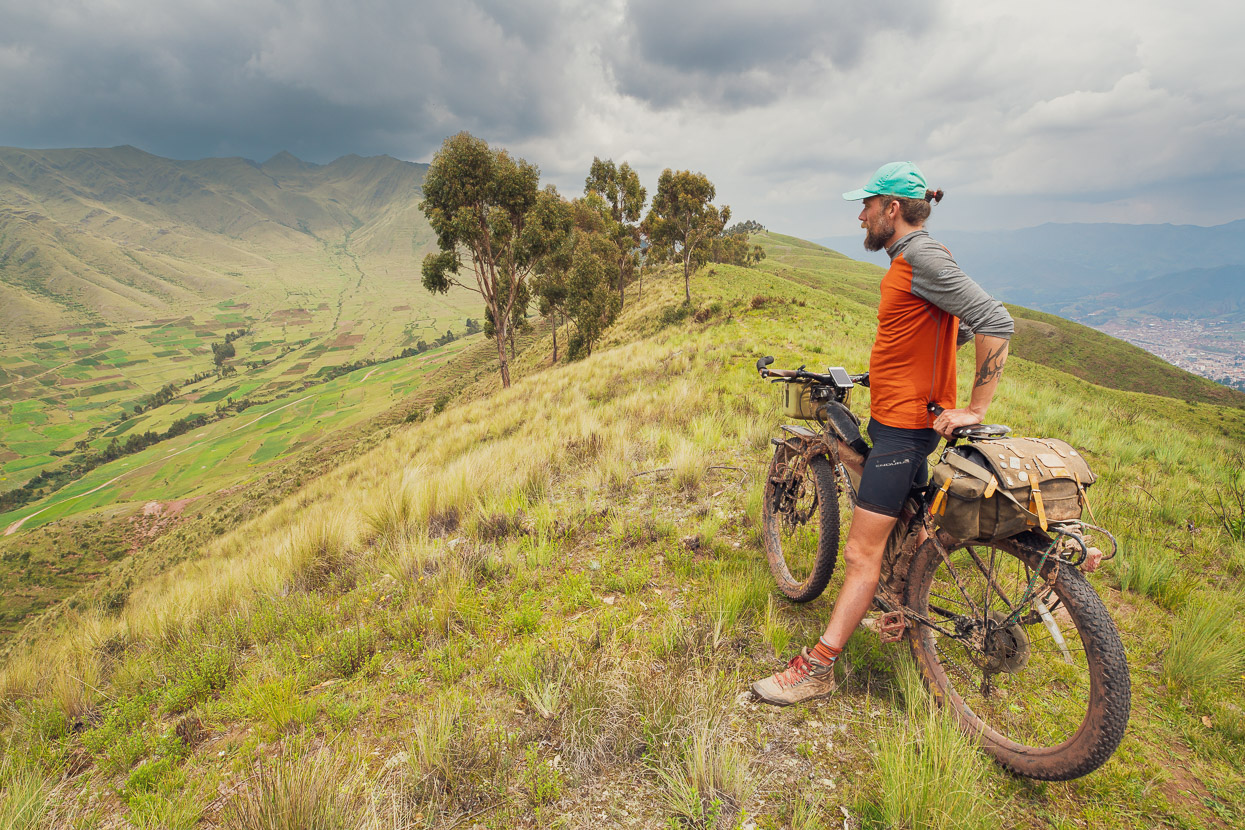







Another round of first-class photography and writing Mark. Very happy to see a post land in my inbox again. When do you guys think you’ll start heading towards Chile and Argentina?
Thanks Matthew! We’re planning to leave Cusco in a few days (May 2nd or 3rd) and continue properly south bound. Looking forward to the flow again!
Great set of photos, a fantastic area to be exploring by bike!
Thanks – yes Peru is just amazing for cycle touring. Best country yet.